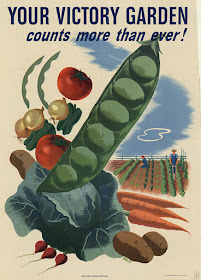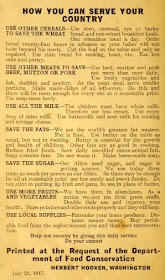 |
| Zoopraxiscope Disc- Horse Galloping (1893) (Courtesy of Library of Congress) |
English photographer Eadweard Muybridge (1830-1904), who spent many years in the United States, is best known for his pioneering work from the 1870s-1890s which captured animals and people in motion, showing the individual movements that the human eye could not distinguish as separate movements. His early work used multiple cameras to capture moving animals in stop motion photographs. He developed the zoopraxiscope, an early device for displaying motion pictures. It projected images which had been painted onto rotating glass discs in rapid succession, which gave the impression of movement.
 |
| Eadweard Muybridge (Courtesy of Library of Congress) |
His work gave a new perspective on the world, and was highly influential in the development of animation and film, and notably inspired Thomas Edison and William Kennedy Dickson's early motion picture viewing device, the Kinetoscope. His work also influenced the world of art, evident in paintings such as Marcel Duchamp's Nude Descending a Staircase (1912).
 |
| Marcel Duchamp Nude Descending A Staircase (1912) source |
The following article which appeared in The Camera in March 1917 gives an excellent overview of his work and its influence in the late 19th and early 20th centuries.
To the late Dr. Muybridge, professor at the University of Pennsylvania, is due the credit of working out scientifically the principle upon which the modern moving pictures are based, according to an article entitled "Evolution of the Moving Pictures," by George E. Nitzsche, in the current number of the Alumni Register. Mr. Nitzsche, who is a recorder of the University, now possesses more than 20,000 of the original photographs, taken during 1884 and 1885 at and under auspices of the University, which appropriated more than $40,000 to defray the expenses of Doctor Muybridge's investigations.
 |
| Detail of Woman Walking and Leaping from Box (1887) (Courtesy of Library of Congress) |
"Doctor Muybridge's experiments," says Mr. Nitzsche, "were begun in California in 1872, when he became interested in the study of the motion of animals, as a result, it has been stated of a discussion which arose among some horsemen as to whether a horse in running ever had all four feet off the ground at the same instant. The late Leland Stanford became interested in the investigation and put Muybridge to work photographing horses in various attitudes. These were probably the first instantaneous photographs ever taken.
 |
| The Horse In Motion (1878) (Courtesy of Library of Congress) |
"His investigations revolutionized art, and in 1893 the Fine Arts Commission of the World's Columbian Exposition erected for Doctor Muybridge what was undoubtedly the first moving-picture theatre. This was known as the Zoopraxographical Hall, where he gave a series of lectures upon his new science.
 |
| Zoopraxiscope Disc- Couple Waltzing (1893) (Courtesy of Library of Congress) |
"The Muybridge studio at the University consisted of an enclosure along one side of which was a shed about 120 feet long, eleven feet high, and sixteen feet deep, with the front open. In front of the shed was a track along which the animal would move. Opposite the shed was the camera house, thirty-two feet long, with a shelf on which were placed twenty-four cameras...
 |
| Leopard Leaping (1887) (Courtesy of Library of Congress) |
"For his human models, Dr. Muybridge used students and graduates of the university who had made records in track and field sports. He also used professional athletes,models from the Pennsylvania Academy of the Fine Arts, animals from the zoological gardens and thoroughbred horses.
 |
| Man Removing Hat (1887) (Courtesy of Library of Congress) |
 |
| Little Girl With Doll (1887) (Courtesy of Library of Congress) |
"Dr. Muybridge's photographs revealed many facts which had been unknown prior to his experiments, such as the discovery that motions in all quadrupeds are essentially the same; the influence on the body of the shape of the foot; the value of unequal lengths of the toes; different gaits of animals or the succession of footfalls; exact analysis of the movements of the raccoon, baboon, and the sloth....Many of these pictures were made in one five-thousandth of a second....
 |
| Zoopraxiscope Disc Athletes Boxing (1893) (Courtesy of Library of Congress) |
Physiologists, anatomists, naturalists, artists and scientists soon recognized the importance of Doctor Muybridge's discovery and its possibilities...and it was not until Muybridge's invention of a method of instantaneous photography of animal locomotion that artists were enabled to faithfully reproduce different attitudes of the locomotion of animals and human beings."
 |
| Man Swinging A Pick Axe (1887) (Courtesy of Library of Congress) |
Mr. Nitzsche closes his article by pointing out that the motion pictures were first intended as an educational medium and pleads strongly for their use as such.
| Detail From Woman Opening Umbrella (1887) (Courtesy of Library of Congress) |
Text Adapted From The Camera, March 1917
The following short film gives an overview of Muybridge's Zoopraxiscope. It details how the glass discs were created, and shows images in motion. Please click on the link below to view this video from YouTube:














































